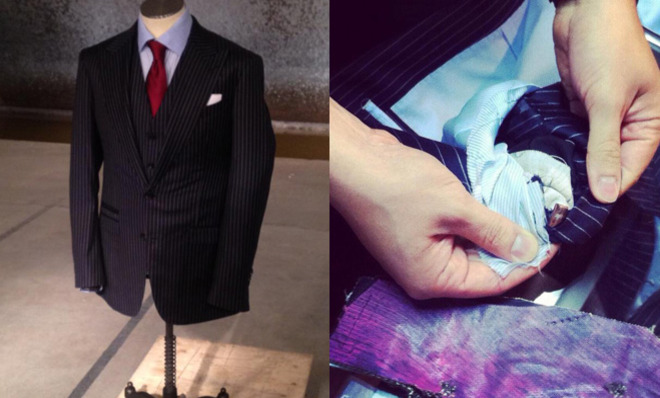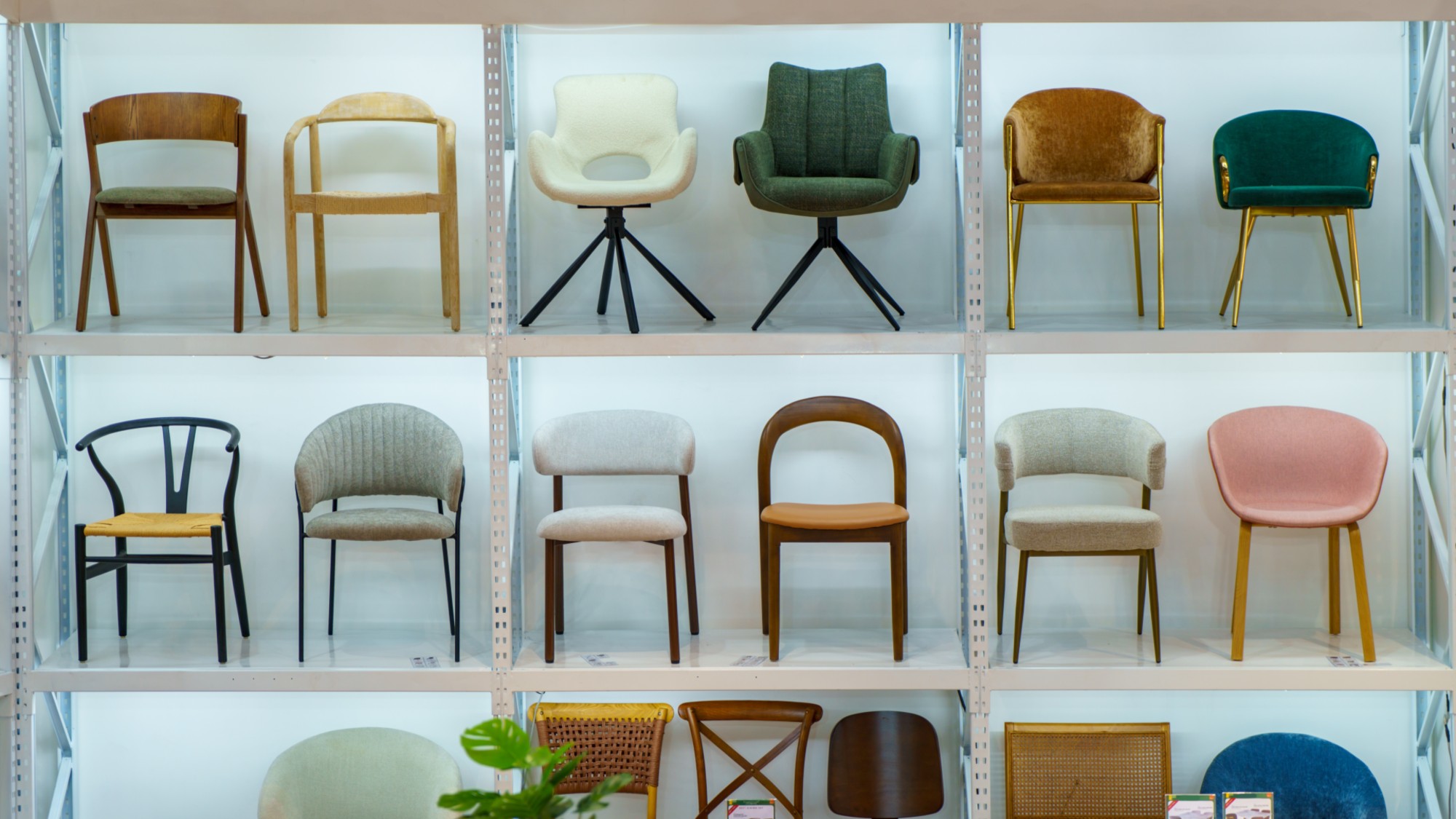This bulletproof suit lets you escape the line of fire in style
Who knew carbon nanotubes could look so good?


Despite the classy appearance, there's something about an exorbitantly pricey bulletproof men's suit that screams "publicity stunt." After all, besides fictional movie characters that go by 007, who in the world would ever need something like this?
Turns out, the $20,000, three-piece fashion statement was actually conceived with an utmost sense of practicality in mind. Men's custom tailoring upstart Garrison Bespoke designed the new armor-strength threads to suit the special circumstances facing a small subset of businessmen who work in mineral mining, oil production, and other highly lucrative industries that often require traveling to dangerous conflict-stricken regions in Africa and the Middle East. By putting on live demonstrations to showcase its one-of-a-kind creation, the Toronto-based brand hopes to distinguish itself as a design house that makes clothes that are both fashionable and functional.
"As part of our fitting process, we hold consultation sessions with our clients to learn more about the demands of their particular day-to-day routines," says David Tran, the company's head of special projects. "And when one of our clients told us about a situation where he was shot and barely survived, it got us thinking about what we can do on our end to help."
The Week
Escape your echo chamber. Get the facts behind the news, plus analysis from multiple perspectives.

Sign up for The Week's Free Newsletters
From our morning news briefing to a weekly Good News Newsletter, get the best of The Week delivered directly to your inbox.
From our morning news briefing to a weekly Good News Newsletter, get the best of The Week delivered directly to your inbox.
After looking into Kevlar, a fabric commonly used by law enforcement to make bulletproof vests and other anti-ballistic garments, the development team deduced that the material was too bulky for their liking. The whole purpose, Tran says, wasn't just to offer reliable safety but also to enable the wearer to remain inconspicuous enough to not tip off to those around him that he's donning protective gear. The finished product had to look polished enough to wear to corporate meetings while also being comfortable to bear throughout the day.
The designers opted ultimately to collaborate with a military contractor company (whose name Garrison Bespoke is keeping confidential) to fashion an outfit that featured fabric made of carbon nanotubes. What makes the material ideal is that, at the molecular level, each sheet is composed of long cylindrical carbon structures that possess a unique combination of rigidity, strength, and elasticity that other industrial fibers simply can't match. Compared to Kevlar, textiles made from carbon nanotubes are thinner, more flexible, weigh 50 percent less, and don't lose their strength when wet.
Even with such advantages, fabricating an ensemble that looked sharp still required a lot of craftsmanship, such as stitching with a special needle and experimenting with numerous threading techniques. The tailors eventually settled on a design in which a minimal amount of thin nanotube sheets was strategically woven into the back lining of the jacket a well as in the front of the vest so that the clothing's bulletproof properties didn't significantly alter the natural look and feel of a designer suit. The only time anyone might be able to tell that you're sporting something bulletpoof, Tran notes, is when the person is standing very close or during the critical moment shots ring out (obviously). As a bullet (up to a .45) strikes the fortified area, the three-layer system hardens on contact to absorb much (but not all) of the bullet's kinetic impact. Translation: It'll still hurt some.
"It's not like Batman movies," Tran explains. "The person wearing the suit will feel some of the blunt force of the projectile. But it's a lot less then what they would have experienced with a vest made from Kevlar. It will also prevent sharp objects like a knife from penetrating the body."
A free daily email with the biggest news stories of the day – and the best features from TheWeek.com
The suit's shield-like properties won't last forever, though, as all anti-ballistic materials have a limited shelf life. Carbon nanontube fibers, in particular, generally start to break down after four to five years. Despite some of these drawbacks, Tran says that the company has already sold two customized suits and has a wait list of about 16 orders they're working to fill, including the president of a country who has expressed interest in meeting with Garrison Bespoke's representatives for a custom fitting.
The company originally intended to demonstrate the suit's effectiveness with a live model, but opted to test it using a dressed-up bust instead, citing all the "red tape" required to obtain permission and, of course, the risk of injury.
"Obviously, nothing out there is going to make it so that it'll be enjoyable to get shot," says Tran. "But with our suit, if you happen to get caught in a gunfight, you'll at least look great running away."
More from Smithsonian...
-
 How will China’s $1 trillion trade surplus change the world economy?
How will China’s $1 trillion trade surplus change the world economy?Today’s Big Question Europe may impose its own tariffs
-
 ‘Autarky and nostalgia aren’t cure-alls’
‘Autarky and nostalgia aren’t cure-alls’Instant Opinion Opinion, comment and editorials of the day
-
 Japan’s Princess Aiko is a national star. Her fans want even more.
Japan’s Princess Aiko is a national star. Her fans want even more.IN THE SPOTLIGHT Fresh off her first solo state visit to Laos, Princess Aiko has become the face of a Japanese royal family facing 21st-century obsolescence